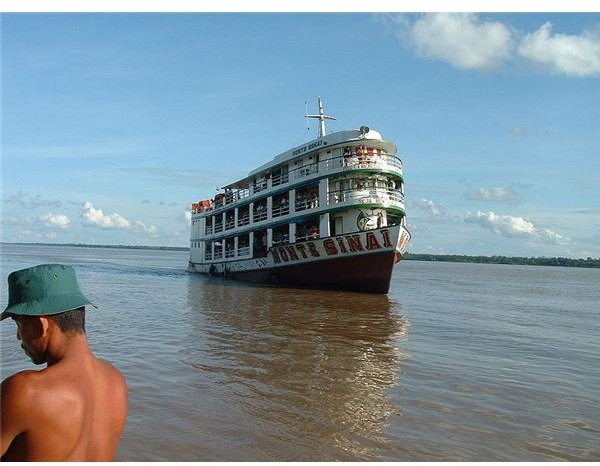The Amazing Amazon River: A Study Guide
A Force of Nature
What amazing facts about the Amazon River should come first? How long is it? Truly, the Amazon River is one incredible force of nature. Located on the South American continent, it runs to more than 3,700 mile (6,000 km), a length rivaled only by the Nile River. However, the Amazon is recognized as the largest, with six countries benefiting from its huge water flow: Brazil, Bolivia, Colombia, Ecuador, Peru, and Venezuela. And this does not count the thousands of tributaries or streams trickling to the bigger Amazon River.
For this study guide, get ready to journey along a watercourse that is home to a very diverse ecology.
Enormous Water Amount
The Amazon is certainly not classified as an ocean, but there are big navy vessels that are able to set anchor along its shores after passing through its deeper segments. How is this possible?
Imagine the Amazon and northern South America as a cavernous dish-bowl situated at the lowest portion of the landmass. It’s natural that the water will flow down into this basin, hence giving the Amazon its enormous water quantity.
How is such volume possible? Bear in mind that the Amazon River is situated near the equator, where it is has a warm and tropical climate. During the dry season, almost 42,500 square miles (110,000 km) of land are covered by water. However, come wet season, this basin will rise to triple its original number–exceeding an astounding 135,000 square kilometers!
In fact, the Amazon gathers water from 40 percent of the continent’s body of land. Together with its topography and amount of rainfall, it is the sheer territory of the river that creates this amazing natural wonder.
Extreme Culture: The Creatures
Given the size of the Amazon River, it is not surprising that it shelters an impressive mix of communities, sea creatures, and lush vegetation. Let’s start with extreme marine life that thrives on this water wonderland.
The Amazon is home to the largest freshwater fish called Arapaima gigas, or locally known as Pirarucu. So how big is this particular species? It could weight almost 450 pounds (200 kg) while reaching a length of 12 or more feet (4 meters). Seems like you need a special net to catch even one of these!
Aside from the Pirarucu, the biggest snake called the Anaconda can be found slithering in its waters. Add to this army of exotic aquatic creatures the Piranha, famous for its ferocious nature.
Impact on Society
As the Amazon River facts are laid down to help you study natural sciences, it is also important for you to be aware of this river’s sociological impact. For instance, researchers are on a race against time to preserve the tradition and rituals of communities living in the wilderness of the surrounding rainforests.
Why? Modern society can benefit from the cures and other discoveries that the area’s flora and fauna could provide. Further inquiry could give rise to civilizations not yet known, completely changing the way we see and understand the Amazon River.
References
ExtremeScience.com, The World’s Greatest River
M Barron: Fact File About the Amazon River
Hamline University, Center for Global Environmental Education, The Amazon River
